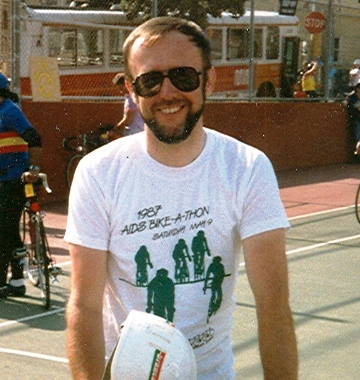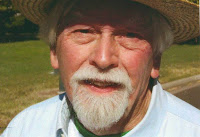One day Jamie and I drove out from San Francisco to the California Railroad Museum in Sacramento where we rode a very, very slow vintage train that was about 200 years old, maybe older. As the train circled its little course of 2 miles of track, the conductor tour guide filled us in on the details of what was for its time an engineering marvel. He boasted that this steam engine could achieve speeds of up to 35 miles an hour—about the average speed of Amtrak today—and people feared for their lives in getting into a contraption that could move that fast. I chimed in that I’d just been to France and travelled on the TGV at a smooth 186 miles an hour from Paris to Lyon. His eyes glazed over as if to say, so what—this one, whose horn actually went toot-toot, was a real train.
I like riding trains, especially if they’re not in a museum but are actually taking me somewhere. I am not a train buff; I’m a train traveler. I don’t care how many wheels a train car has as long as they are moving. The faster the better.
One of my all-time favorite train rides was the Eurostar high speed train from Brussels to London, the Chunnel train that reduces crossing the English Channel from hours to minutes. It flies. The train seemed to float with hardly a sense of moving. But when I looked out the window at the landscape, I saw only a green blur flash by. Then sudden darkness as it entered the tunnel and 20 minutes later I was in England, where thanks to old Maggie Thatcher, trains have to slow down (to maybe 100 miles an hour). Britain’s once pre-eminent rail system has suffered from underfunding for decades now, leaving the UK behind other nations in rail development (though still way ahead of the US).
Traveling once from Venice to Rome, I was on a train that would have taken off airborne if it’d had wings. In fact, it was a little frightening as the train rocked on the rails like maybe the driver was pushing the limits to make up some time on the schedule. Train schedules are taken seriously in Europe. In Norway, Jamie and I were returning to Oslo from the fjords on the west coast and the conductor apologized in three languages for the train arriving three minutes late due to some track work on the line. A six to ten hour delay on Amtrak is not unusual and no apologies are ever offered.
Train travel is comfortable, sleek and sophisticated. Compared to airplanes, trains are spacious. You can really relax, sit back, read, watch the scenery—all things that few people really care to do these days. Even at 200 miles an hour, trains are too slow for many.
But for me, train travel is living out a dream. It’s fun. It harkens back to an era when travel had some glamour and travelers didn’t go about in their pajamas and flip-flops. Train stations are much more interesting than airports and far less regulated. I’ve never had to remove an article of clothing to board a train. There’s no point to hijacking a train; it’s still going to the same place.
I feel free on a train. I can get up and walk around at anytime. I can go get something to eat. Instead of a tiny bag of peanuts, I can have a full course luxury dinner. One time I was traveling out of Italy to France heading to Paris at a time before euros were the standard currency. Changing Italian lira to French francs would get me almost nothing so I spent my remaining lira on a fabulous plate of beef stroganoff in an elegant dining car before we crossed the border.
Unfortunately I live in the US, where Amtrak trains rarely attain the speeds or offer the comfort that American passenger trains had in 1930—in fact, they’re slower.
But I still recommend travel on Amtrak which despite all its flaws from a disregard for schedules to lousy food, is still a great way to travel. Of course, it has to be pointed out that Amtrak’s cross-country lines run at the mercy of freight haulers who own the tracks and care little about maintenance and derailments. From Denver, the California Zephyr glides through the Rockies, then speeds across the Nevada desert, and finally goes through the gorgeous Sierra Nevada. It’s worth the headaches. Just be sure to bring extra food.
About the Author
Nicholas grew up in Cleveland, then grew up in San Francisco, and is now growing up in Denver. He retired from work with non-profits in 2009 and now bicycles, gardens, cooks, does yoga, writes stories, and loves to go out for coffee.

